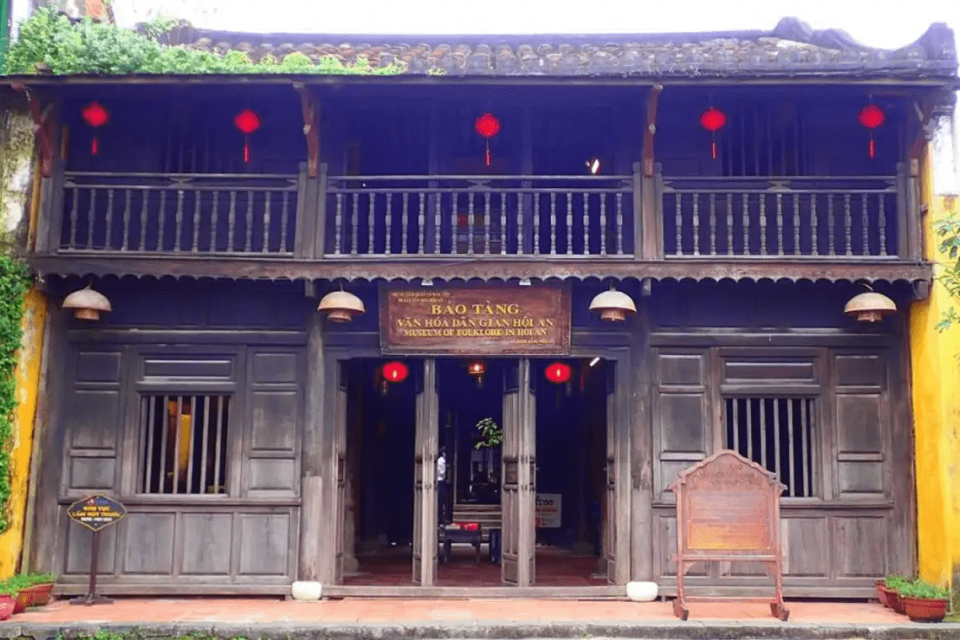Museum of Folk Culture: A Famous Attraction in Hoi An
Located in the heart of Hoi An ancient town, the Museum of Folklore is one of the unique cultural tourist destinations, attracting thousands of visitors every year. Not only is it a place to preserve artifacts bearing the historical and cultural imprints of Hoi An, the museum is also a window opening to the world of traditional arts, customs and long-standing cultural values of the nation. With its rich history and valuable collections, the Hoi An Museum of Folklore is a must-see destination for anyone who wants to explore the depth of Vietnamese culture on their journey to visit the heritage of Hoi An ancient town.
General information about Hoi An Museum of Folk Culture
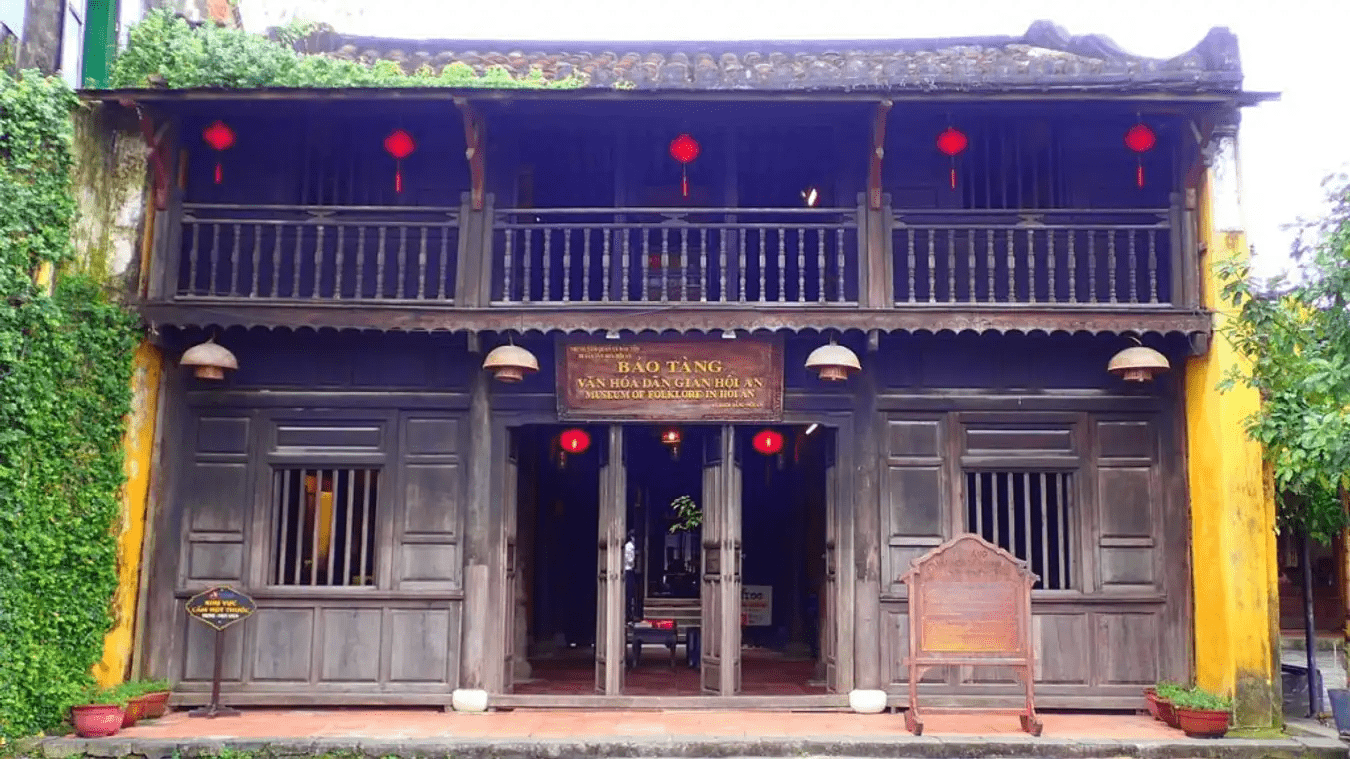
Hoi An Museum of Folklore is one of the highlights of Hoi An ancient town. It is known as a valuable treasure trove of ancient artifacts dating back thousands of years, deeply reflecting the cultural values of this land. With antiques dating back more than 2000 years, the museum gives visitors a comprehensive view of the customs, habits and lifestyles of local people through the ages. This is an ideal place for those who love history and want to learn about Vietnamese folk culture.
Location of the museum
Hoi An Museum of Folk Culture is located at 33 Nguyen Thai Hoc, Minh An Ward, Hoi An, Quang Nam. In addition, the museum also has a second facade at 62 Bach Dang, also in the ancient town of Hoi An. The museum is designed with 2 floors, each floor displays many valuable artifacts, creating an attractive visiting space for visitors.
Uptime
The museum is open from 7am to 9pm every day of the week. This makes it convenient for visitors to arrange their visit time to suit their schedule.
Admission fee
Museum admission prices are divided into two levels:
- 80,000 VND/person for Vietnamese tourists.
- 150,000 VND/person for international tourists.
Important Note: On the 20th of each month, the Hoi An Museum of Folklore will be temporarily closed for maintenance and inspection of artifacts. Visitors should take note of this information to avoid being unable to visit the museum on these days.
History of the Folklore Museum
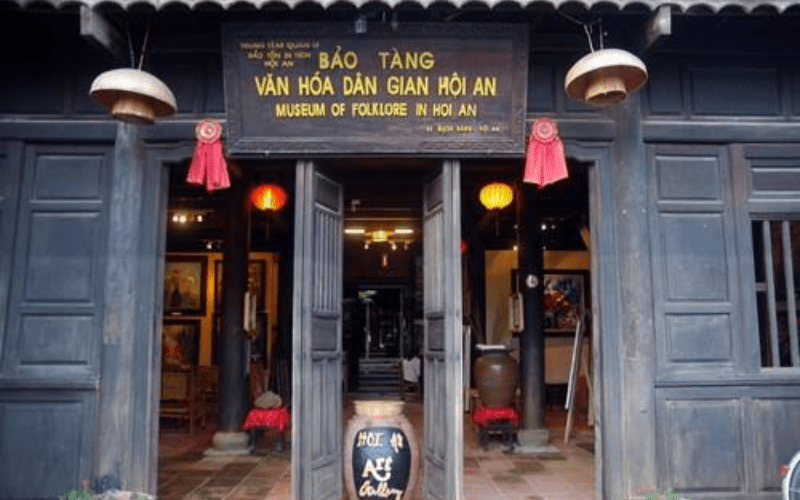
Hoi An Folklore Museum is one of the important cultural symbols of Hoi An city, carrying the mission of preserving and promoting the unique folk cultural values of the locality. This project began construction in 1989, with a total area of about 396 m². The architecture of the museum includes 2 exhibition floors and a garden area, creating a space that is both ancient and airy, suitable for introducing and preserving valuable historical artifacts.
After the construction and preparation process, on March 24, 2005, the Folklore Museum officially opened to welcome visitors. This is an important event, marking a new step in the preservation of Hoi An’s cultural heritage. Since its opening, the museum has quickly become an attractive destination, attracting many domestic and international tourists.
In addition to being a place to display historical artifacts, the museum is also a cultural highlight, helping visitors gain a deeper understanding of the life and customs of Hoi An people over the centuries. The presence of the museum has been an important contribution to the protection of national cultural values, while promoting the image of Hoi An – one of the world heritages recognized by UNESCO to international friends.
Read more: Quan Thang Ancient House: An old house in Hoi An that you should visit
Explore the Folklore Museum as a whole
Every corner of the museum deeply reflects unique cultural values, from visual arts, performing arts to traditional craft villages.
Visual arts
The Folklore Museum displays many works of visual art, including carvings and sculptures on wood, porcelain and bronze. The reliefs, horizontal lacquered boards, and ink paintings demonstrate the talent and ingenuity of ancient artisans. Each work is the crystallization of art and contains stories, beliefs and cultural beauty of Hoi An people through many generations. These techniques have been preserved and developed over time, creating invaluable heritages for this ancient land.
Performing arts
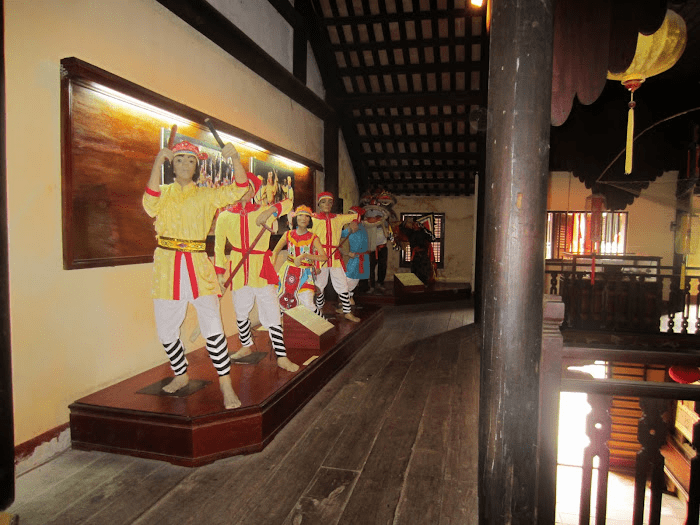
One of the highlights of the museum is the performing arts space, with many unique traditional performances:
- Hat ba trao: These are songs imbued with the spirit of fishermen, often performed in fishing ceremonies or in worshiping the whale Ong Ngoc Hai. These songs express the respect and gratitude of fishermen to the sea, praying for safe and lucky trips.
- Bai choi: A long-standing folk game popular in the Central region, bài choi is also a performing art form that combines music, poetry and lively expression.
- Mua thien cau: This is a typical mascot dance of Hoi An, often performed during important festivals. The dance Thien Cau brings excitement and liveliness, symbolizing luck and warding off bad luck.
Traditional craft villages
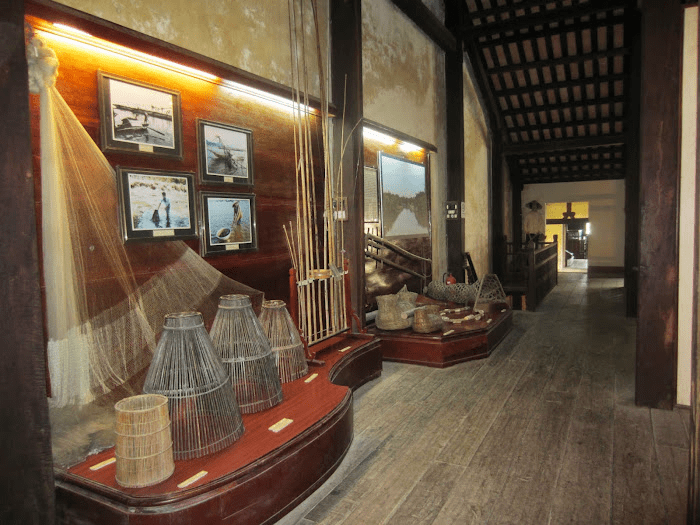
In addition to art, the museum also vividly recreates the life of traditional craft villages in Hoi An. Crafts such as sewing, farming, or traditional medicine reflect the self-sufficient economy and the close connection between people and nature. Handicrafts from these craft villages have been and are making important contributions to the local cultural and economic life.
Folk cultural activities
In addition to the exhibits, the museum also authentically depicts the folk cultural activities of Hoi An people. From customs, and festivals to daily living habits, all are preserved and conveyed through the display corners. This is where visitors can deeply feel the connection between people and culture, between the past and present of this land rich in tradition.
What month should I visit Hoi An Folk Culture Museum?
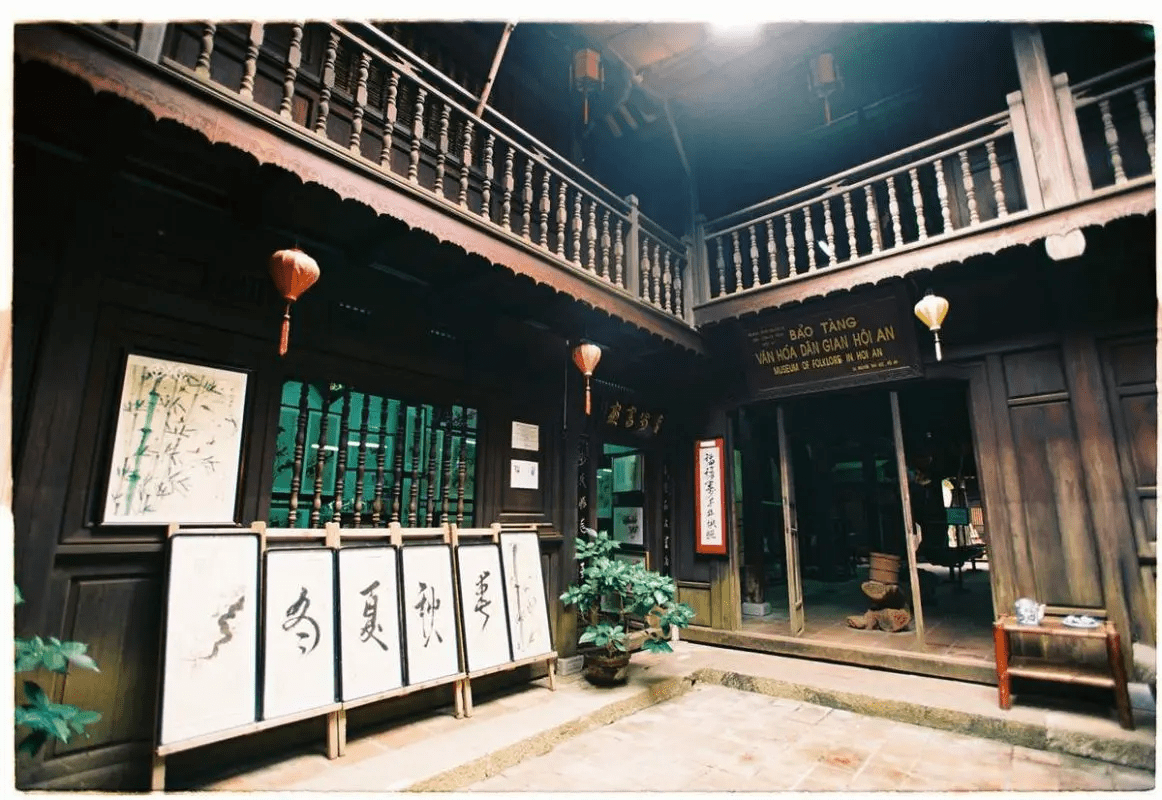
Hoi An Museum of Folklore is a destination not to be missed when you have the opportunity to visit Hoi An ancient town. However, to have the most complete and convenient experience, you must choose the right time to visit. With the climate divided into two distinct seasons, the rainy season and the dry season, the ideal time to visit the museum and Hoi An in general is in the dry season.
The most ideal time to visit Hoi An Museum of Folklore is from February to April. During this period, Hoi An’s weather is extremely pleasant with cool temperatures, clear blue skies, and gentle sunshine. This is a great time for you to comfortably explore the museum and the entire ancient town, and participate in outdoor activities without worrying about the heat or sudden rains.
In addition, if you plan to travel in the summer, from May to August is also a suitable choice. Although the weather at this time is somewhat sunnier, it is still very favorable for a long vacation. You can combine museum visits with other leisure activities, enjoy the peaceful atmosphere, and learn about local culture.
Directions to Hoi An Museum of Folk Culture
If you are a tourist from other provinces or foreign tourists and want to visit Hoi An Museum of Folk Culture, traveling by plane is the most convenient way. You will land at Da Nang Airport, about 30 km from Hoi An, and then there are many suitable transportation options to get to the museum.
Travel by motorbike
If you love freedom and want to explore the beautiful scenery along the way, the motorbike is the ideal choice. From Da Nang, you follow the route Vo Nguyen Giap – Truong Sa – Lac Long Quan along the beautiful coastline. When you reach Hai Ba Trung, turn right onto Nguyen Cong Tru Street, then turn left and go straight. Then, turn right onto Ly Truong To Street, and continue to the end of the road to reach the Museum of Folk Culture. Traveling by motorbike is flexible and brings an interesting experience when you can stop anywhere to enjoy the scenery.
Travel by bus
Buses are a cheap and convenient option for those who want to save money. You can take a bus from Da Nang to Hoi An, with a ticket price of only 30,000 VND/way. When you arrive at the bus station in Hoi An, you can continue your journey by motorbike taxi or walk a short distance to the museum. This is a popular choice for travelers on a budget who still want to travel safely and comfortably.
Travel by taxi
If you are traveling with friends or family and want speed and convenience, a taxi is the best choice. With a cost of only about 350,000 to 400,000 VND for a trip from Da Nang to Hoi An, you will have a comfortable and safe journey. A taxi is also a suitable means of transport if you have a lot of luggage or do not want to spend time finding your way. After arriving in Hoi An, the driver can take you to the museum door at 33 Nguyen Thai Hoc.

Bliss Hoi An Beach Resort & Wellness is a great destination for those who want to enjoy the harmony between nature and the traditional culture of Hoi An ancient town. Located along the beautiful coastline, this resort not only owns a beautiful sea view but also offers a relaxing, peaceful space with high-class health care services. With an ideal location, from here, visitors can easily explore ancient Hoi An, enjoy the fresh sea air, and enjoy resort activities such as spa, yoga or swimming. Bliss Hoi An Beach Resort & Wellness will bring you a complete resort experience, helping you have a memorable and relaxing vacation.

